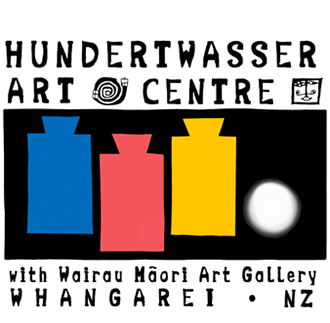Hundertwasser
These questions and answers are a work-in-progress. If you need more information on any topic, or can’t find the answer you need, please contact us here.
Who was Hundertwasser?
Friedensreich Hundertwasser was one of the most celebrated artists to come out of Europe in the 20th Century. He is the most famous artist in the German-speaking world. He was acclaimed for his work with colour and mosaics, and became especially famed for his conversions of industrial buildings into works of art in Europe and Japan.
Hundertwasser spent most of the last 30 years of his life living and working in Northland and became a New Zealand citizen.
Click here for a full biography of Friedensreich Hundertwasser.
What has Hundertwasser got to do with Whangarei?
What do we know about Hundertwasser's life in New Zealand?
What does Hundertwasser's name mean?
Born Friedrich Stowasser, Hundertwasser developed his artistic skills very early. After the war, he spent three months at the Academy of Fine Arts in Vienna. At this time he began to sign his art as Hundertwasser instead of Stowasser.
His adopted surname is based on the translation of “sto” (the Slavic word for “one hundred”) into German. The name Friedensreich has a double meaning as “Peaceland” or “Peacerich” (in the sense of “peaceful”).
The other names he chose for himself, Regentag and Dunkelbunt, translate to “Rainy day” and “Darkly multicoloured”. His name Friedensreich Hundertwasser means, “Peace-Kingdom Hundred-Water”.
Source: http://en.wikipedia.org/wiki/Friedensreich_Hundertwasser

